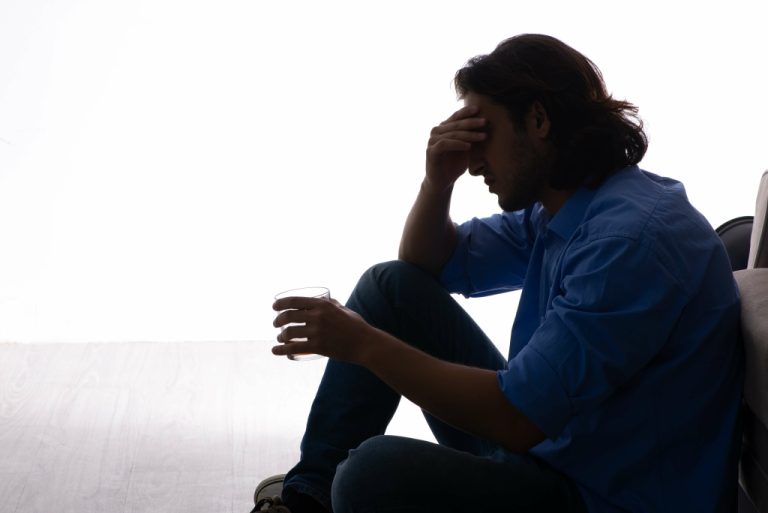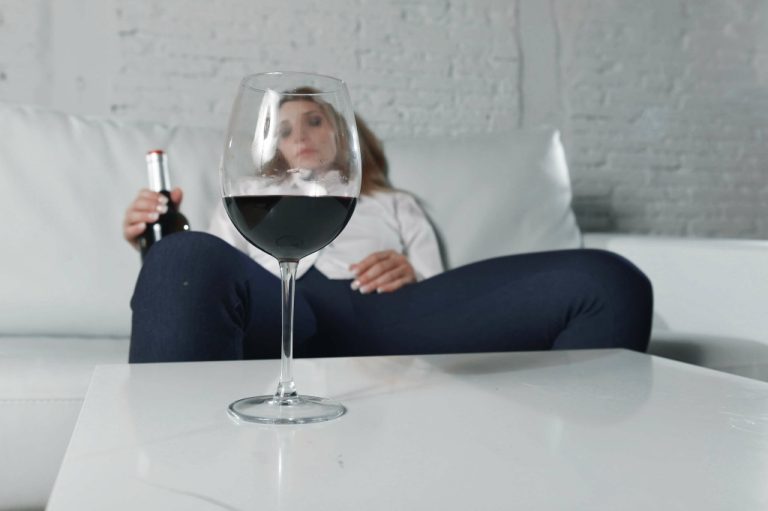The second strategy, which is possibly the most important aspect of RP, involves evaluating the client’s existing motivation and ability to cope with specific high-risk situations and then helping the client learn more effective coping skills. The desire for immediate gratification can take many forms, and some people may experience it as a craving or urge to use alcohol. Although many researchers and clinicians consider urges and cravings primarily physiological states, the RP model proposes that both urges and cravings are precipitated by psychological or environmental stimuli. Ongoing cravings, in turn, may erode the client’s commitment to maintaining abstinence as his or her desire for immediate gratification increases. This process may lead to a relapse setup or increase the client’s vulnerability to unanticipated high-risk situations. Such positive outcome expectancies may become particularly salient in high-risk situations, when the person expects alcohol use to help him or her cope with negative emotions or conflict (i.e., when drinking serves as “self-medication”).
Products and services

The Abstinence Violation Effect (AVE) is a pivotal RP construct describing one’s cognitive and affective response to re-engaging in a prohibited behavior. We review the literature on the AVE in both addiction and sexual offender applications. We summarize the original and subsequent formulations of the AVE for addictions and modifications adopted for its application to sexual offenders.
Who Experiences the AVE?
- In addition, specific cognitive-behavioral skills training approaches, such as relaxation training, stress-management, and time management, can be used to help clients achieve greater lifestyle balance.
- This is a common risk factor, but psychologists, rehabilitation professionals, and treatment centers work hard to combat it because it’s generally not constructive for the individual’s future success.
- These patterns of thinking are extremely common, and they keep us working against ourselves.
- Marlatt’s relapse prevention model also identifies certain factors called covert antecedents which don’t stand out as clearly.
Relapse prevention initially evolved as a calculated response to the longer-term treatment failures of other therapies. The assumption of RP is that it is problematic to expect that the effects of a treatment that is designed to moderate or eliminate an undesirable behaviour will endure beyond the termination of that treatment. Further, there are reasons to presume a problem will re-emerge on returning to the old environment that elicited and maintained the problem behaviour; for instance, forgetting the skills, techniques, and information taught during therapy; and decreased motivation5. Miller and Hester reviewed more than 500 alcoholism outcome studies and reported that more than 75% of subjects relapsed within 1 year of treatment1. A study published by Hunt and colleagues demonstrated that nicotine, heroin, and alcohol produced highly similar rates of relapse over a one-year period, in the range of 80-95%2. A significant proportion (40–80%) of patients receiving treatment for alcohol use disorders have at least one drink, a “lapse,” within the first year of after treatment, whereas around 20% of patients return to pre-treatment levels of alcohol use3.
- One is to help clients identify warning signs such as on-going stress, seemingly irrelevant decisions and significant positive outcome expectancies with the substance so that they can avoid the high-risk situation.
- Although specific intervention strategies can address the immediate determinants of relapse, it is also important to modify individual lifestyle factors and covert antecedents that can increase exposure or reduce resistance to high-risk situations.
- Findings also suggested that these relationships varied based on individual differences, suggesting the interplay of static and dynamic factors in AVE responses.
Abstinence Violation Effect: How Does Relapse Impact Recovery?
A single slip solidifies their sense that they are a failure and cannot quit, creating a self-fulfilling prophecy. Through Halfway house shifting attention towards positive coping skills and strategies, the impact of lapse and the intensity of the AVE can be minimized. Setbacks are a normal part of the recovery, meaning the isolated event is not an indicator of overall failure.

Building resilience isn’t about never falling—it’s about learning to get back up stronger. When it comes to recovery, understanding how to bounce back from challenges can transform temporary setbacks into powerful stepping stones for growth. This is an open-access report distributed under the terms abstinence violation effect of the Creative Commons Public Domain License. You can copy, modify, distribute and perform the work, even for commercial purposes, all without asking permission. The abstinence violation effect is a complex phenomenon that usually needs to be approached from several different directions to be handled effectively. Realistic—Although I had a setback, I did not lose the gains that I have made in the past months.
Counselor Responses to Warning Signs of a Recurrence
This does not mean that 12-step is an ineffective or counterproductive source of recovery support, but that clinicians should be aware that 12-step participation may make a client’s AVE more pronounced. First characterized as an important ingredient in the relapse process in the mid-1980s, the AVE has profound relevance for addiction professionals today. In our era of heightened overdose risk, the AVE is more likely than ever to have tragic effects. However, it can sometimes lead to the thought that you have earned a drink or a night of using drugs. It https://purr.pk/5-best-foods-to-eat-in-recovery-from-alcohol/ sounds counterintuitive, and it is, but it is a common thought that many people have to recognize to avoid relapse. Celebrating victories is a good thing, but it’s important to find constructive ways to appreciate your sobriety.
Understanding the Abstinence Violation Effect and its role in Relapse Prevention Treatment

The most recent national survey assessing rates of illicit drug use and SUDs found that among individuals who report illicit drug use in the past year, approximately 15% meet criteria for one or more DUD (SAMHSA, 2019a). About 10% of individuals who report cannabis use in the past year meet criteria for a cannabis use disorder, while this proportion increases to 18%, 19%, 58%, and 65% of those with past year use of cocaine, opioids (misuse), methamphetamine, and heroin, respectively. These data suggest that non-disordered drug use is possible, even for a substantial portion of individuals who use drugs such as heroin (about 45%). However, they do not elucidate patterns of non-disordered use over time, nor the likelihood of maintaining drug use without developing a DUD. Results of a preliminary nonrandomized trial supported the potential utility of MBRP for reducing substance use. In this study incarcerated individuals were offered the chance to participate in an intensive 10-day course in Vipassana meditation (VM).

